- Fix leaky faucets & showerhead
- Unclog slow drains
- Check all exposed pipes for water leaks
- Be careful what you flush or pour down the drain
- Check the water pressure
- Fix leaking toilets
- Clean Cistern tank
- Cleaning of Plumbing trap
- Clean Faucet Aerator
What do you do when you have your bathroom/ kitchen faucet leaking or rusted pipes? Wouldn’t you prefer to avoid these plumbing problems? Understanding the problems and performing preventative maintenance can help you avoid plumbing problems and its dangerous repercussions on the health of your home.
Plumbing1 systems can develop issues in all sorts of ways, most of which are quite difficult to detect. By the time a plumbing problem does advance far enough to start causing some obvious symptoms, it is probably already done considerable damage. You obviously don’t want that to happen, so what do you do?
Taking care of your home’s plumbing is essential to keeping the clean water flowing in and flushing your home’s waste out. Most people don’t think about their plumbing until a problem arises. By then, however, they are left with a huge mess and, ultimately a high repair cost and water damage to your home. It is important to have periodical maintenance of your plumbing system.
Plumbing maintenance is something you should do regularly to catch small problems that can turn into large, expensive problems later. Maintenance also helps you conserve water and save you from further problems.
Here, are 9 essential maintenance tips for your maintaining your plumbing system:
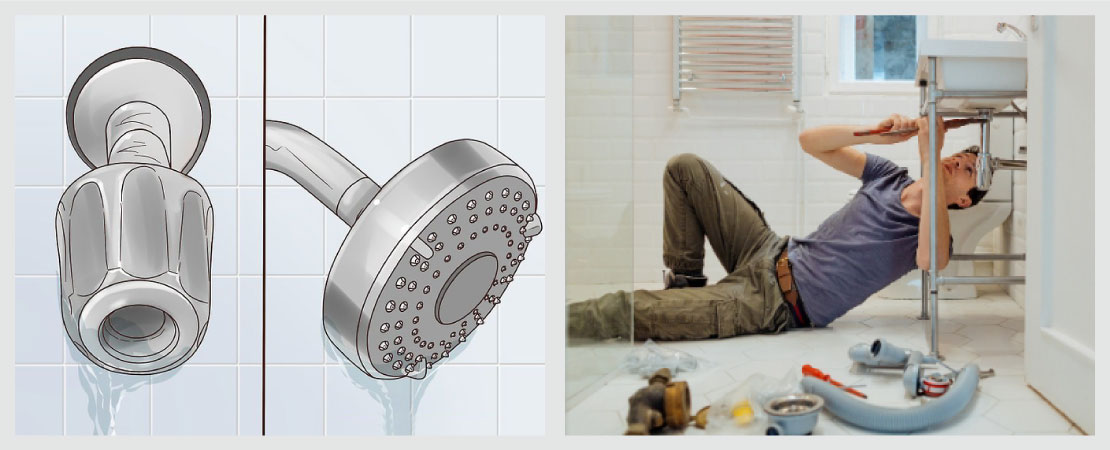
1. Fix leaky faucets & showerhead
Leaky faucets can waste a lot of water. And if you don’t fix a dripping faucet or showerhead, the drip can get worse over time. They aren’t just a nuisance – they could be costing you more money on your bills. Those problems can cause water damage. To prevent problems, check your faucets regularly for leaks and make repairs as needed.
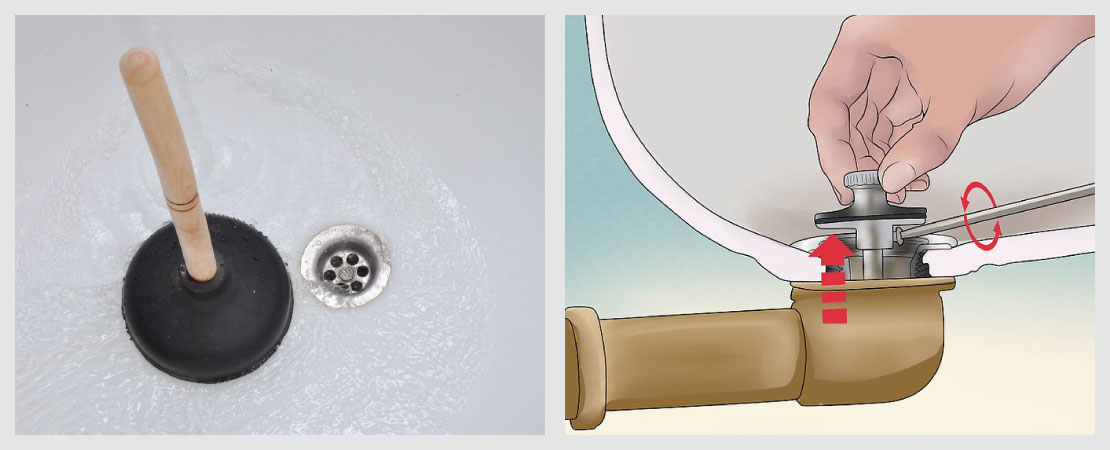
2. Unclog slow drains
When the water is slow to drain there may be a problem. If water takes a long time to drain, there could be a build-up of debris in your pipes. Dirt, dust & other debris — all of this nasty stuff can cause blockage in your drain. Before it gets out of hand, unclog any debris. You can read the blog by Wiki how to know how to unclog the drain2. This preventative maintenance tip can be done every few months and will get the drain flowing again.
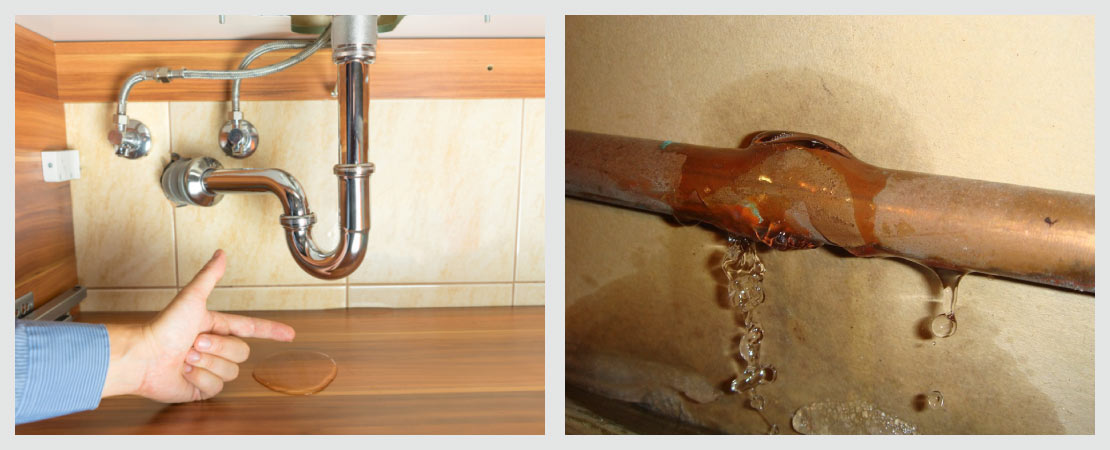
3. Check all exposed pipes for water leaks
You can visually check exposed pipes for leakage at some intervals of time. Also Watch for visible signs of a leak such as water stains on walls and ceilings, or puddles of water. If there is any cracked or broken pipe, then get it repaired to avoid further problem.
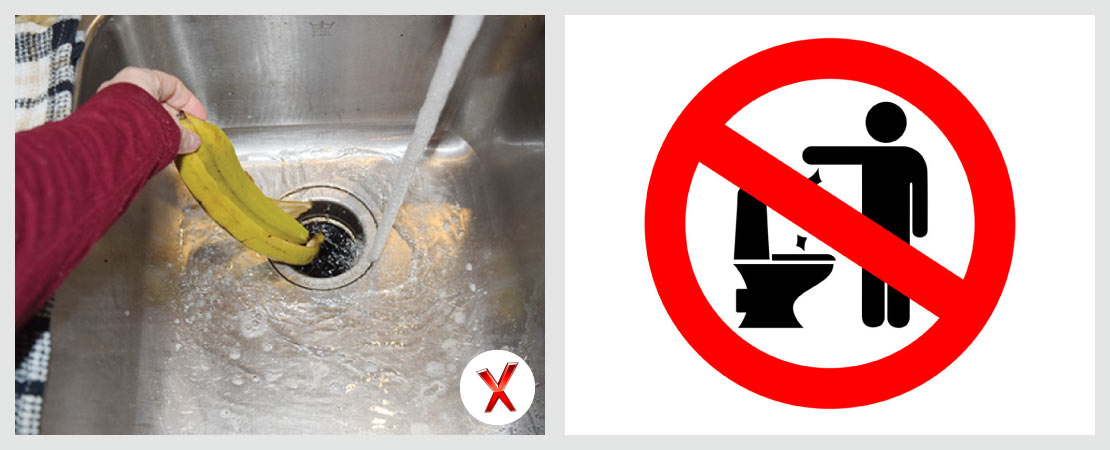
4. Be careful what you flush or pour down the drain
The problem with drains and toilets is that so many things can get flushed down them. The easiest way to prevent problems with your pipes is to be careful what you flush or pour down them. Don’t flush anything other than toilet paper and human waste down the toilet. Don’t pour anything that can create problem down the drain.
Flour or other related food stuff – these are just some of the things people pour down their sink. The problem is, items like these will block your drains and cause problems with your water supply. Instead, put these items in a waste bin.
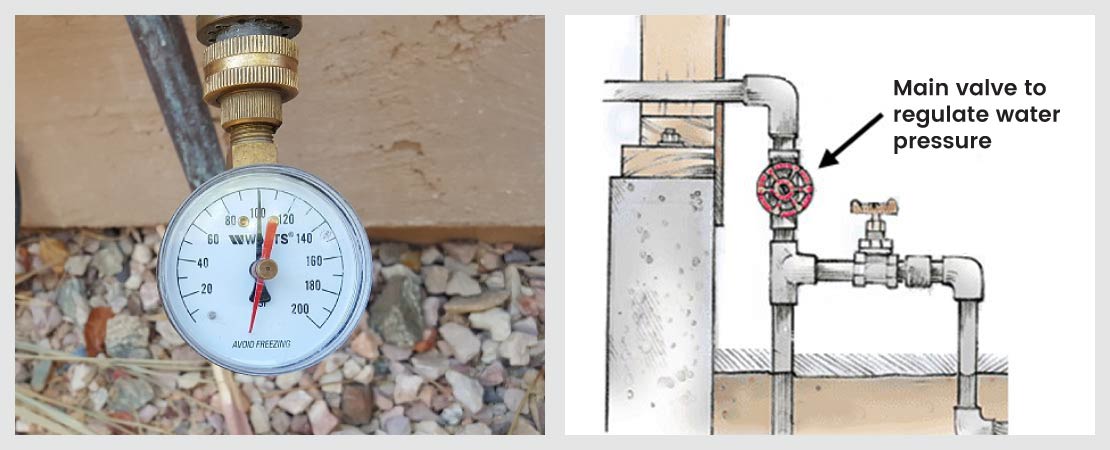
5. Check the water pressure
Water pressure is how much force with which it is coming out of your faucets and shower heads. When water pressure is on a higher side, then there are chances of water leakage. If water is splashing too much due to pressure, you can regulate the flow of water with the help of main valve of the area (like bathroom).

6. Fix leaking toilets
If your toilet is leaking, then it is very important to check the cause of the leakage. This can happen due to absence of gasket or improper installation of WC etc. In case of leakage, get it checked or repaired by a skilled plumber.
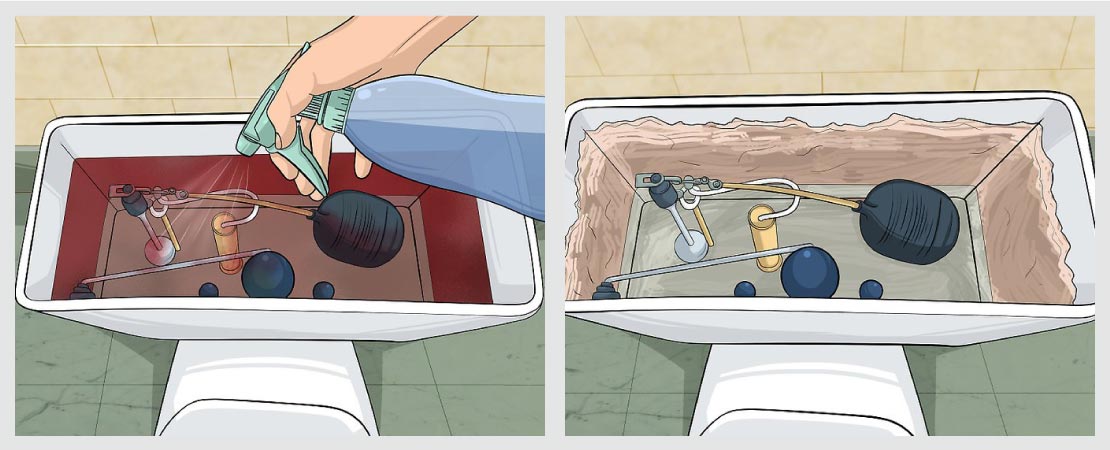
7. Clean Cistern tank
Cistern tanks need periodic cleaning to prevent unwanted odour and the build up of bacteria.Cisterns can develop leaks which are caused by blockages. So it is important to clean them depending on the type of cistern. If it is a general type cistern, then it can be cleaned easily. To know about it, you can read blog by Wiki How3. But if it is a concealed cistern, then servicing to be done by the authorized vendor.
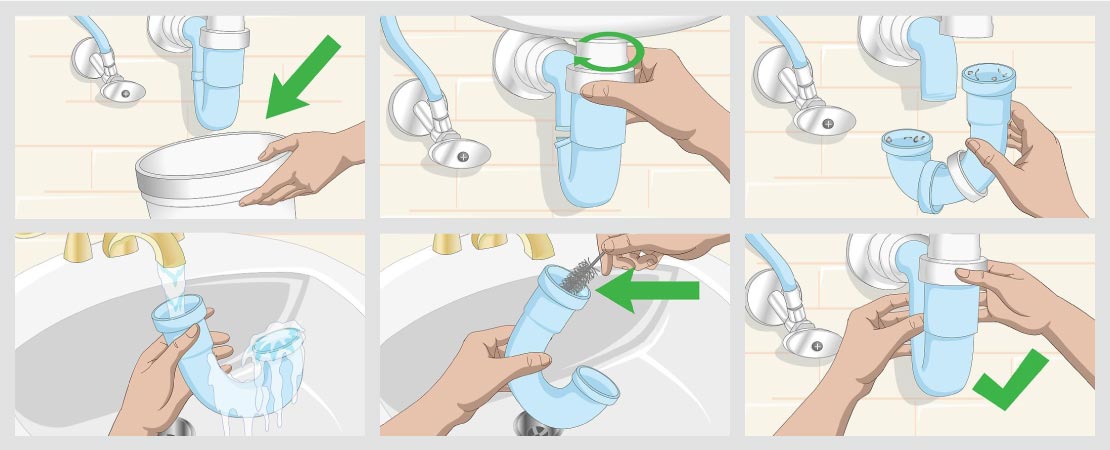
8. Cleaning of Plumbing trap
Plumbing trap is a part of the drainage system. It is developed or designed in such a way that it retains a small quantity of waste water from the discharge, of fitting to which, it is attached, as a barrier to prevent foul gases or air entering in the building. This includes cleaning of floor trap at outlet, bottle trap at sink, etc. So cleaning them is required for proper maintenance of plumbing.
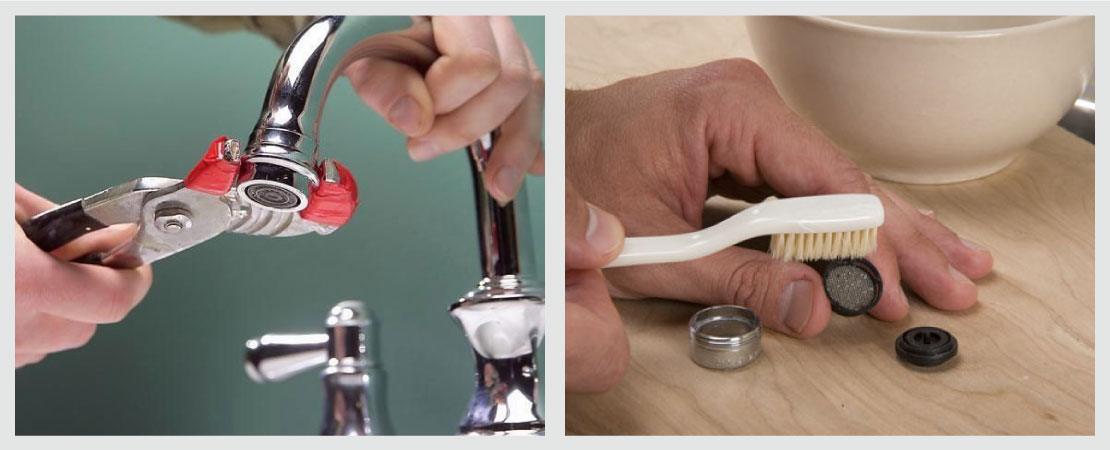
9. Clean Faucet Aerator
Faucet aerators4 are small, but they actually serve a pretty significant purpose. They break up your faucets’ water streams into a bunch of smaller streams, and by doing so, greatly reduce the amount of water that pours out of spouts — all without sacrificing the water pressure.
Aerators are designed in such a way to act as filters as well as water savers. This means faucet aerators catch a lot of the silt, minerals, and other debris that flow through your tap water. Over time, debris builds up and can cause the flow from your faucet to decrease in strength. It is important to clean faucet aerators and screens to remove any debris from them.
Conclusion
Don’t let poorly maintained home plumbing prevent you from getting the best water available!
Performing preventative maintenance for plumbing system of your home, can help you avoid a major plumbing problem and can save your money. Sometimes you may need a repair after checking issues to keep them maintained. Although some repairs can be do-it-yourself, others may require more expertise. If you feel any point of time, to have an inspection of your plumbing system, you can contact professional home inspection services.

